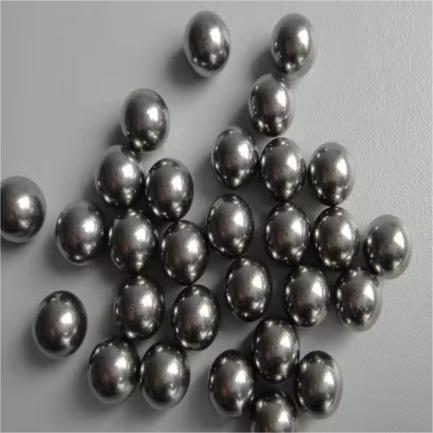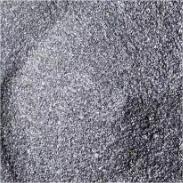**Hot Plates and High Heat: Can Your Camping Gear Survive the Oven?**
(Can Metal Camping Plates Go In The Oven)
Picture this: you’re camping under the stars, dinner’s cooking over the fire, and someone suggests warming up leftovers. You grab your trusty metal camping plates. Wait—can these rugged dishes handle the oven back home? Let’s crack this question open.
Metal camping plates are built tough. They survive drops, scratches, and campfire sparks. But ovens? That’s a different game. The answer isn’t a simple yes or no. It depends on three things: the type of metal, any coatings on the plate, and what kind of oven you’re using.
First, let’s talk metal. Most camping plates are made of stainless steel or aluminum. Stainless steel is sturdy. It can handle high heat without warping. Aluminum is lighter. It heats up fast, but it can bend if temperatures get too wild. Both metals are oven-safe in theory. But there’s a catch.
Many metal plates have non-stick coatings. These coatings make cleaning easier. They also prevent your eggs from sticking to the plate. But high heat can ruin them. At around 500°F (260°C), non-stick coatings start breaking down. They might release fumes or flake off. Check the manufacturer’s instructions. If your plate has a coating, keep it out of the oven.
Next, consider your oven type. Conventional ovens are straightforward. They heat food slowly and evenly. Metal plates usually do fine here. But don’t crank the temperature too high. Stick to medium heat—around 350°F (175°C) or lower. This avoids warping or coating damage.
Microwave ovens are a different story. Never put metal in a microwave. It reflects waves, causing sparks or even fire. Stick to microwave-safe dishes here.
What about camp ovens? These portable ovens are designed for outdoor use. They mimic conventional ovens but run hotter. Metal plates can work here too. Just watch the temperature. Use a thermometer if possible.
Still unsure? Test your plates. Place one in a cold oven. Set it to 300°F (150°C). Let it heat for 10 minutes. Check for warping, discoloration, or smells. If it looks fine, it’s probably safe for low-heat uses.
Why risk it? Metal plates are great for camping. They’re durable and eco-friendly. But using them in the oven regularly might shorten their lifespan. If you need to warm food often, invest in oven-specific dishes. Keep the camping gear for the great outdoors.
A friend once tried baking cookies on a stainless steel camping plate. It worked, but the edges burned. The plate survived, but the cookies didn’t. Lesson learned: metal conducts heat fast. Adjust cooking times and temperatures.
Some campers use cast iron skillets instead. These are oven-safe and versatile. But they’re heavy. Metal plates are lighter. Choose based on your needs.
Check for logos or labels. Some brands stamp “oven-safe” on their products. Others don’t. When in doubt, assume they’re not. Better safe than sorry.
Heat-resistant handles matter too. Plastic or rubber handles can melt. Opt for plates with metal handles if oven use is planned.
What if your plate warps? It might still work for camping. But uneven surfaces can wobble. Use it as a backup or repurpose it.
Remember, not all metals behave the same. Thin aluminum bends easier. Thick stainless steel holds up better. Know your gear.
(Can Metal Camping Plates Go In The Oven)
Still craving that campfire-to-oven convenience? Go slow. Start with low heat. Monitor the plate. Enjoy your meal without the meltdown.
Inquiry us
if you want to want to know more, please feel free to contact us. (nanotrun@yahoo.com)


